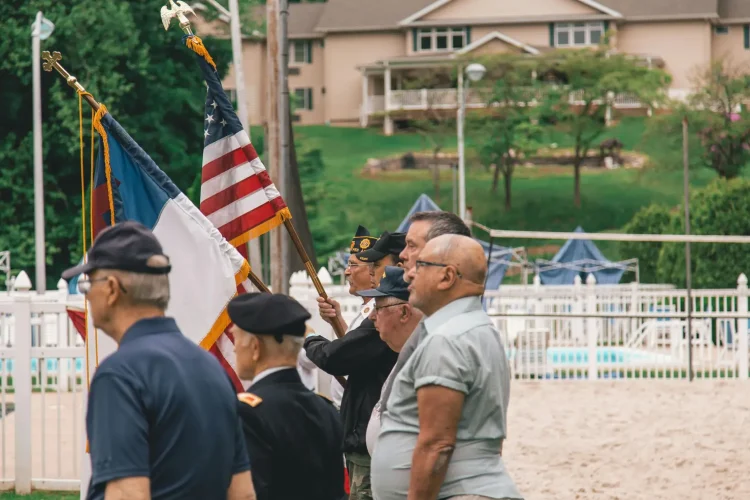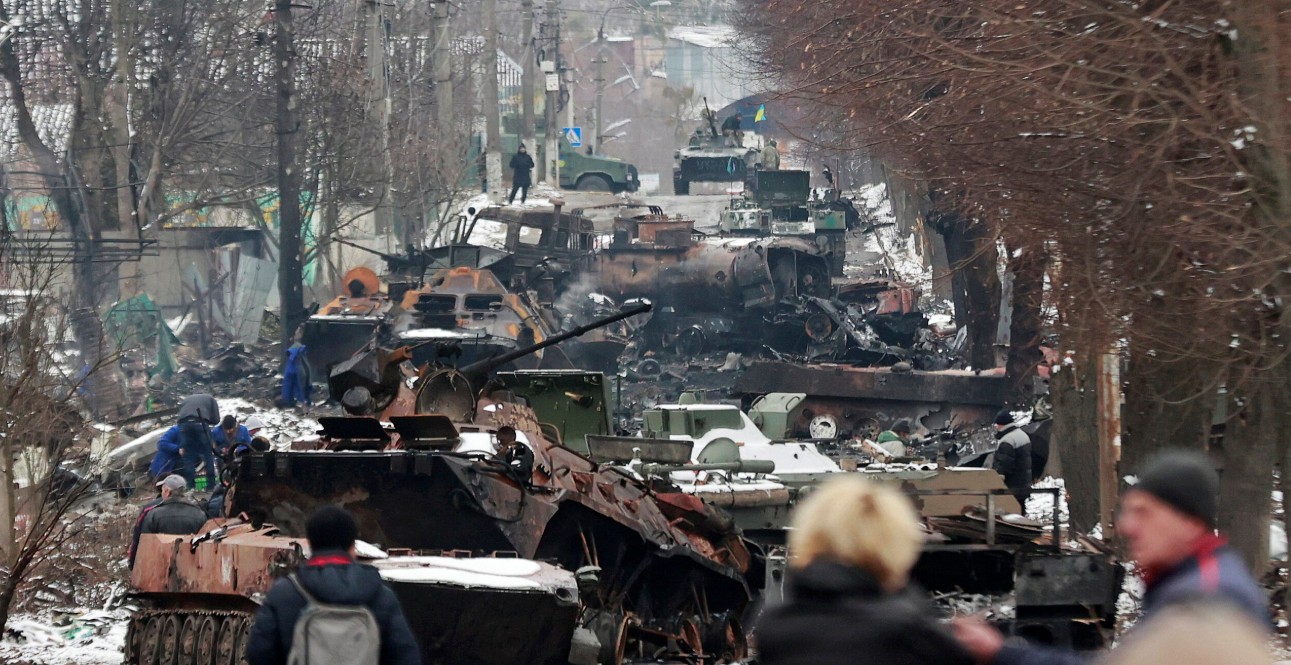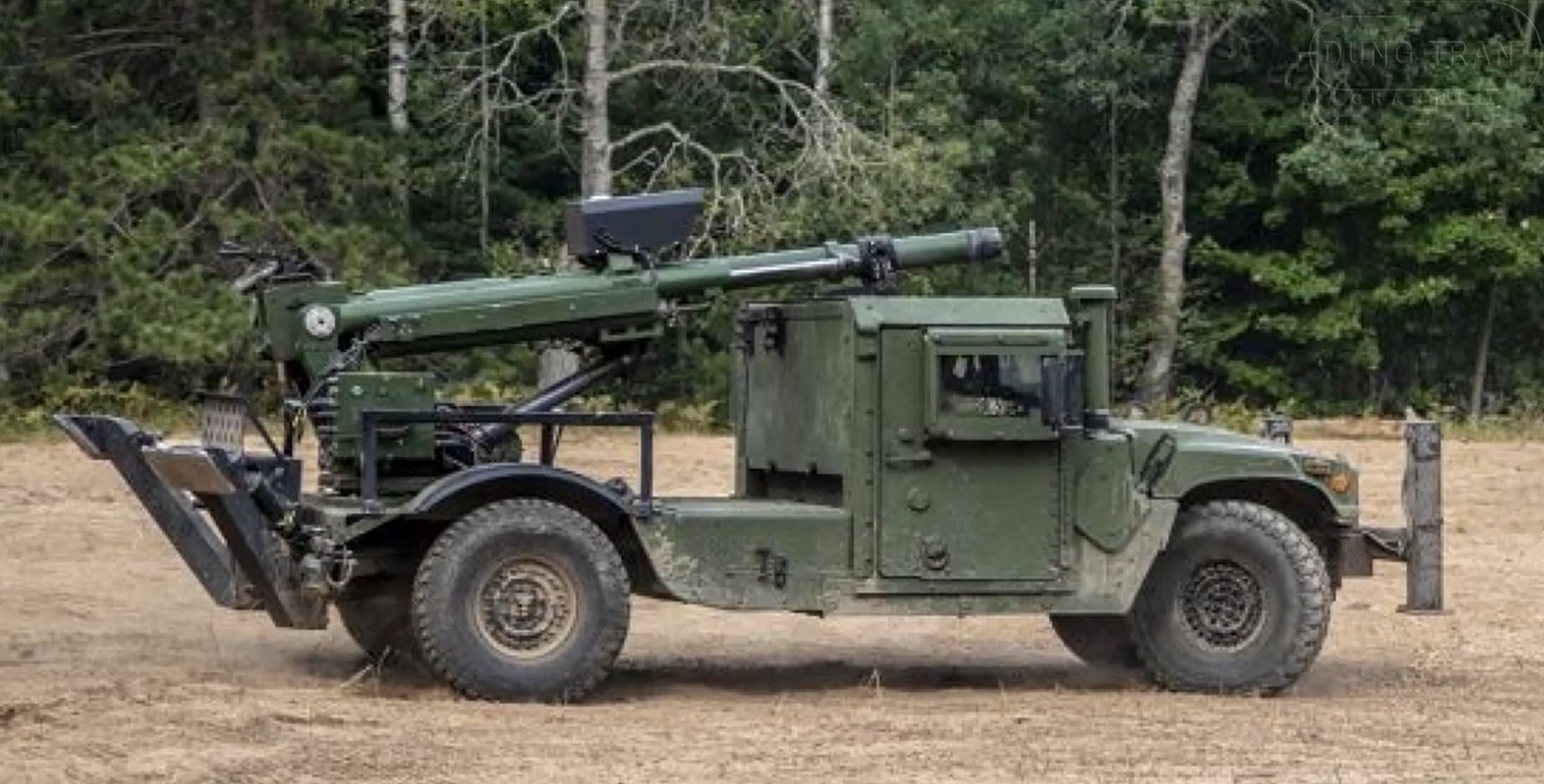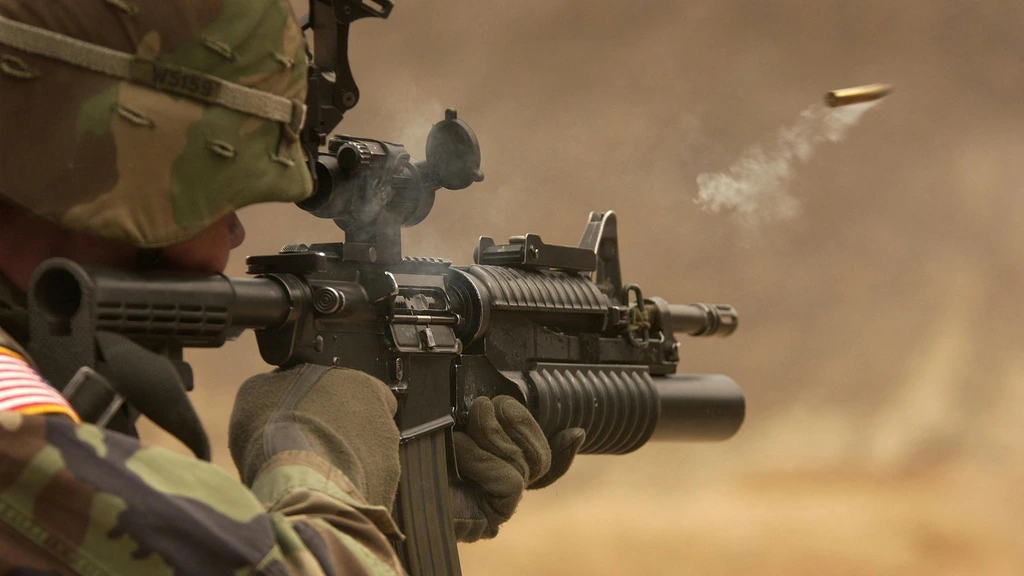The Navy SEALs, an acronym for Sea, Air, and Land teams, trace their origins back to the maritime special operations forces that were established during World War II. The U.S. Navy recognized the need for specialized units adept in amphibious warfare and established the Naval Combat Demolition Units (NCDUs) in 1943. These pioneers laid the foundation for what would eventually become the SEAL teams we know today.
The successful operations of these units during the pivotal Normandy landings showcased their importance. The NCDU teams were instrumental in clearing obstacles on the beaches ahead of the full-scale invasion, securing safer passage for the Allied forces.
The Evolution into Underwater Demolition Teams (UDTs)
As World War II progressed, the scope of operations for the NCDUs expanded beyond their initial remit, resulting in the formation of the Underwater Demolition Teams (UDTs) in 1947. These specialized teams became crucial during the Pacific Theater, performing reconnaissance, demolition, and amphibious reconnaissance missions. Their ability to conduct covert operations underwater and land undetected made them invaluable assets during the war.
The UDTs were not limited to just demolition tasks. They also participated in crucial operations during the Korean War, including the demolition of North Korean railroad tunnels and bridges. The knowledge and experience gained from these missions would be instrumental in shaping the future SEAL teams’ operational strategies.
Birth of the Navy SEALs During the Vietnam War
The official establishment of the Navy SEALs came in response to the unconventional warfare observed in the Vietnam War. In 1962, President John F. Kennedy recognized the necessity for special operations forces that could conduct counter-guerrilla warfare and established SEAL Team One on the West Coast and SEAL Team Two on the East Coast.
During the Vietnam War, SEAL teams executed a variety of missions including direct action operations, reconnaissance, intelligence gathering, and prisoner rescue missions. Their exceptional training in counterinsurgency and guerrilla warfare tactics distinguished them as a formidable force. One of their notable missions, Operation Thunderhead, involved a covert attempt to rescue American Prisoners of War in North Vietnam.
The SEALs’ Operational Expansion in the Late 20th Century
The SEALs continued to adapt and expand their capabilities throughout the latter part of the 20th century. Their participation in the Panama invasion in 1989 highlighted their versatility and precision. SEAL teams conducted a series of operations, including securing the Paitilla Airfield and capturing Manuel Noriega, the Panamanian leader, who sought refuge in the Vatican embassy.
Further deployment during the Gulf War in 1990-1991 cemented the SEALs’ reputation for excellence in special operations. They performed beach reconnaissance, mine countermeasures, and conducted raids on Iraqi naval installations. The success of these missions underscored the necessity for their unique skills and training in modern warfare.
21st Century Missions: Global War on Terror
The events of September 11, 2001, profoundly transformed the role and scope of Navy SEAL operations. As part of the global war on terror, SEAL teams were deployed to Afghanistan and Iraq, where they performed counterterrorism operations, direct action raids, and partnered with local forces for training and operational missions.
One of the most high-profile operations was the successful raid on Osama bin Laden’s compound in Abbottabad, Pakistan, in 2011 by SEAL Team Six, also known as the Naval Special Warfare Development Group (DEVGRU), which marked a significant victory in the fight against terrorism.
Training and Selection: Forging an Elite Force
The rigorous training and selection process of Navy SEALs is renowned for its intensity and effectiveness in producing elite warriors. Prospective SEALs undergo Basic Underwater Demolition/SEAL (BUD/S) training, a grueling six-month program designed to test and develop candidates’ physical and mental endurance. The famed “Hell Week,” a five-and-a-half-day period of continuous training under extreme sleep deprivation, is a critical phase that eliminates those unfit for the demanding nature of the teams.
Following BUD/S, candidates attend SEAL Qualification Training (SQT), which further hones their combat, survival, and specialized warfare skills. Graduates then join a SEAL team and continue to undergo rigorous training and missions, ensuring they are always prepared for high-stakes operations.
Equipment and Technology: Enhancing Capabilities
Navy SEALs employ a wide array of specialized equipment and cutting-edge technology to carry out their missions. Their gear includes advanced diving apparatuses, specialized firearms, and state-of-the-art night vision and communication devices. Here is a table highlighting some of the key equipment:
| Equipment | Description |
|---|---|
| MK25 Rebreather | A closed-circuit dive system allowing long underwater missions with minimal detection risk. |
| M4A1 Carbine | A versatile assault rifle used in various combat scenarios. |
| AN/PVS-31 Night Vision Goggles | Advanced night vision technology for low-light operations. |
| SilencerCo Maxim 9 | A suppressed pistol designed for stealth missions. |
| Combat Rubber Raiding Craft (CRRC) | Inflatable boats used for covert insertion and extraction. |
Navy SEALs’ Legacy
The history of the Navy SEALs is a testament to their adaptability, resilience, and unparalleled skill in special operations. From their formative years in World War II to their pivotal role in modern-day counterterrorism, the SEALs have consistently demonstrated their value as an elite force within the U.S. military.
Their legacy inspires not only military personnel but also the broader public, symbolizing courage, sacrifice, and unwavering dedication to protecting national security.









